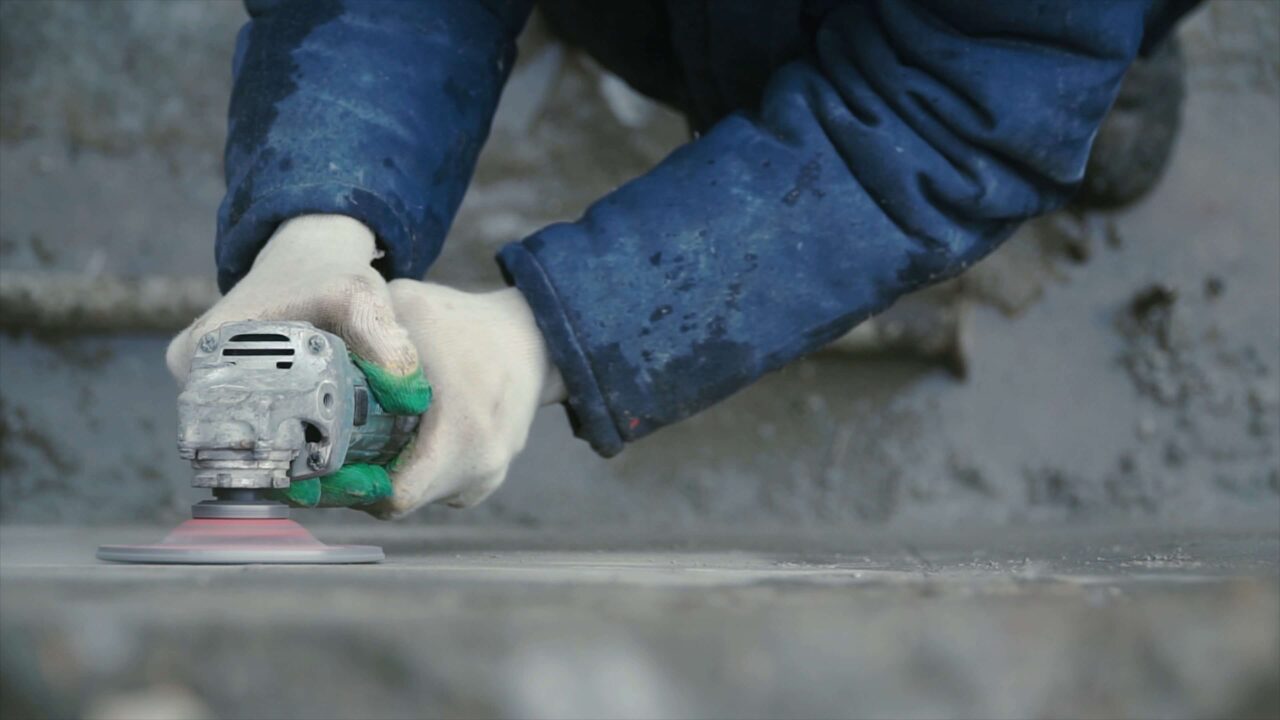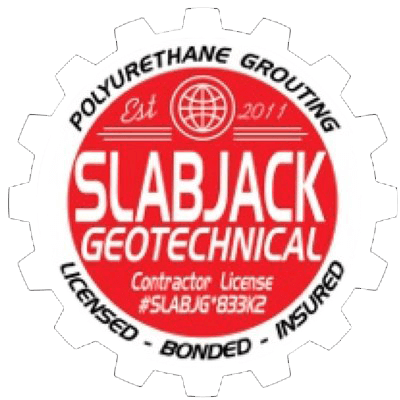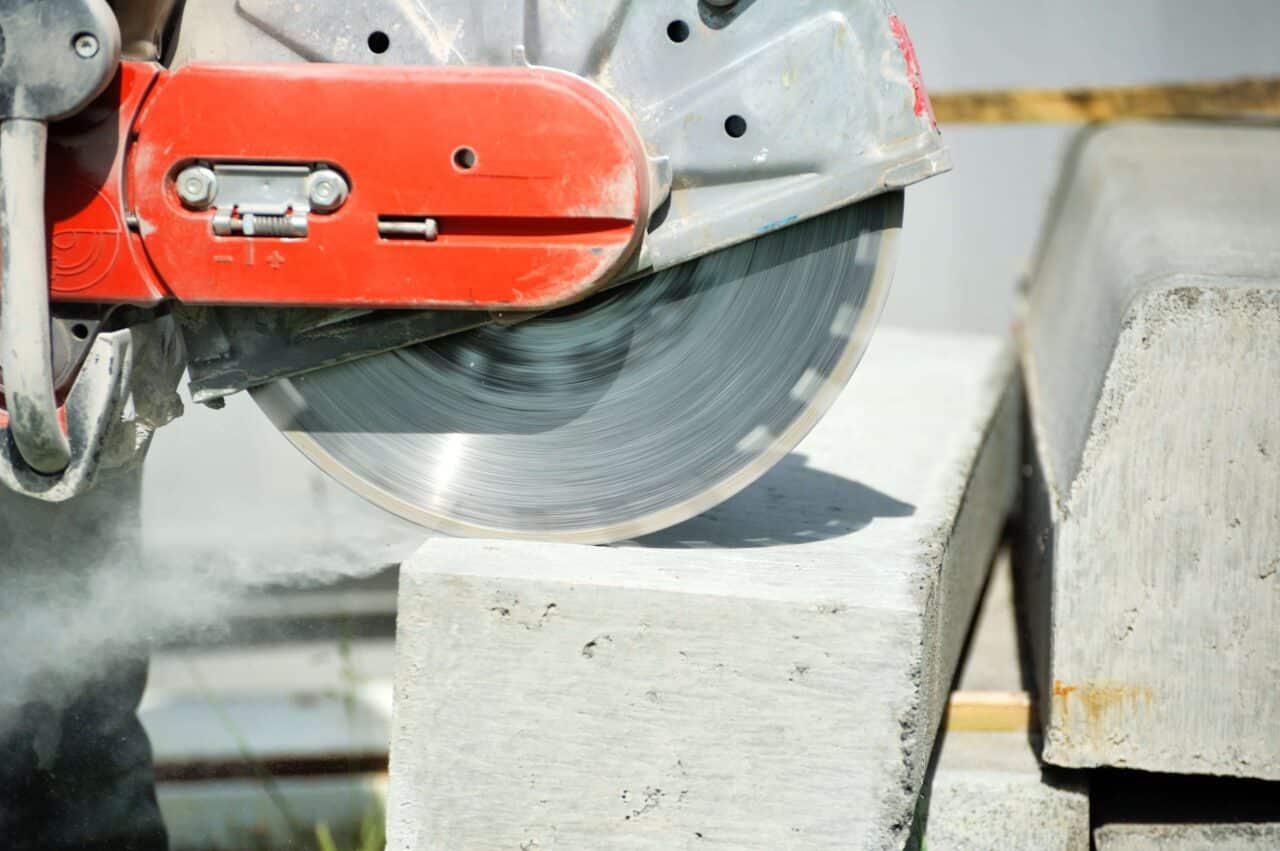In our latest post, we provide an overview of the methods used for grinding concrete slab surfaces, including diamond grinding, shot blasting, and scarifying, as well as the importance of proper concrete surface preparation and the benefits of concrete grinding.
Importance of Proper Concrete Surface Preparation
Proper concrete surface preparation is essential to ensure the success and longevity of various applications, such as coatings or finishes. The process of surface preparation allows for the removal of contaminants, irregularities, and any pre-existing coatings, creating a clean and suitable canvas for the subsequent materials. By addressing imperfections and irregularities through grinding concrete, the concrete surface becomes more uniform, ensuring that coatings or finishes adhere properly, minimizing the risk of delamination, peeling, or chipping over time.
Moreover, the significance of well-prepared concrete surfaces extends to the overall durability and aesthetics of the structure. A well-prepared surface helps in preventing premature deterioration, such as cracking or spalling, by providing a solid foundation for the applied materials. Furthermore, the visual appeal of the surface is enhanced when it is free from blemishes, stains, or rough patches, contributing to a more attractive and professional finish. For instance, in high-traffic areas where aesthetics and durability are both important, ensuring proper surface preparation through effective grinding methods becomes paramount to maintain the overall integrity and appearance of the concrete surface.
In addition, addressing uneven concrete surfaces through effective grinding methods is crucial. Uneven surfaces not only compromise the visual appeal but can also lead to safety hazards and structural issues. By utilizing appropriate grinding techniques, such as diamond grinding or scarifying, the surface can be leveled, creating a smoother and safer environment. This is particularly important in areas where the evenness of the surface is critical, such as industrial floors, parking lots, or warehouse facilities. Therefore, proper concrete surface preparation through grinding methods not only ensures the success of subsequent applications but also contributes to the overall safety and longevity of the concrete surface.
Understanding Different Concrete Grinding Methods
Concrete grinding is a fundamental process in surface preparation, involving the use of specialized equipment. This method is crucial for achieving the desired texture and smoothness for concrete surfaces before applying coatings or finishes. One popular method is diamond grinding, which has gained widespread recognition for its effectiveness in restoring concrete surfaces. Diamond grinding utilizes diamond-segmented blades to precisely and efficiently grind down the concrete, resulting in a smooth and durable finish. For instance, in high-traffic areas such as warehouses or industrial facilities, diamond grinding is highly effective in restoring the concrete surface to withstand heavy loads and frequent use.
On the other hand, shot blasting presents an alternative approach to concrete surface preparation. This method is particularly suitable for addressing specific concrete conditions such as heavily coated surfaces, non-flat surfaces, time-sensitive projects, or resin-based floors. Shot blasting provides flexibility and cost-effectiveness, making it a valuable option in scenarios where traditional grinding methods may not be as practical or efficient. For example, when preparing a concrete surface for the application of a new epoxy coating, shot blasting can effectively remove any existing coatings or contaminants, ensuring a clean and properly prepared surface for the new coating to adhere to.
In addition to diamond grinding and shot blasting, scarifying serves as a mechanical method for aggressive concrete grinding, proving practical in certain scenarios. Scarifying machines are ideal for addressing tough concrete surface challenges, such as thick coatings, concrete overlays, or surface irregularities. This method offers the advantage of efficiently removing unwanted materials from the concrete surface, providing a suitable foundation for subsequent treatments or coatings. For instance, when refurbishing an outdoor patio with a deteriorating concrete surface, scarifying can be used to aggressively remove the damaged layer, allowing for the application of a new concrete overlay to rejuvenate the space.
Concrete Surface Preparation Techniques
Concrete surface preparation is a critical step in ensuring the success of various applications, such as coatings or finishes. It helps to address issues like unevenness, surface contaminants, and existing coatings, which can affect the adhesion and performance of the applied materials. For example, before applying epoxy coatings, the concrete surface needs to be properly prepared to ensure optimal adhesion and durability, preventing premature delamination or chipping.
The techniques for grinding concrete surfaces are versatile and adaptable to different project requirements. Hand grinders are ideal for small areas or edges, while floor grinders are suitable for larger surface areas, offering efficient and uniform results. Planers are effective for removing thick coatings or smoothing rough surfaces, making them essential for surface restoration and preparation for subsequent treatments or coatings. Professional services, on the other hand, provide expertise and specialized equipment for large-scale projects, ensuring precision and quality in the surface preparation process.

When choosing between dry grinding and wet grinding techniques, factors such as the desired finish, environmental considerations, and cost implications come into play. Dry grinding, which uses abrasive disk blades, produces a shiny surface, while wet grinding, employing water to capture dust, results in a slurry and a lower luster finish. The choice between these methods depends on the specific project requirements, environmental regulations, and the desired aesthetic outcome. Additionally, the process of polishing concrete floors involves multiple steps, including crack sealing, grinding with different grit sizes, and applying a chemical hardener. These steps not only enhance the appearance of the concrete surface but also contribute to its durability and resistance to wear and abrasion, making it suitable for high-traffic areas and industrial applications.
Cost Factors and Benefits of Concrete Grinding
When it comes to the cost of concrete grinding, several factors play a crucial role in determining the overall expenses. Geographical location can significantly impact the cost, as labor and material prices vary across different regions. For instance, urban areas with higher living costs may result in higher grinding expenses compared to rural areas. Additionally, the size of the project influences the cost, with larger surface areas typically benefiting from bulk discounts and lower costs per square foot. Obstacles present on the concrete surface, such as intricate patterns, corners, or embedded objects, can also increase the complexity of the grinding process, potentially raising the overall cost due to additional labor and time requirements.
On the other hand, the benefits of grinding concrete floors are multifaceted, making it a highly valuable investment. Firstly, concrete grinding offers cost-effectiveness by eliminating the need for complete surface replacement, saving both time and resources in the long run. Moreover, the process contributes to the increased lifespan of concrete surfaces by addressing unevenness, cracks, and imperfections, thereby enhancing durability and structural integrity. Additionally, the improved appearance achieved through grinding and polishing enhances the aesthetics of the concrete, making it visually appealing and potentially increasing the property’s overall value. These combined benefits solidify concrete grinding as a fundamental practice for long-term surface maintenance and enhancement, ensuring the longevity and quality of concrete surfaces. Lastly, the application of concrete hardener epoxy further contributes to the durability and aesthetics of the surface, providing a protective layer while also allowing for customization through color selection and application methods.
Specialized Concrete Repair Services
Specialized concrete repair companies, such as ourselves at Slabjack Geotechnical, play a crucial role in maintaining and enhancing the integrity of concrete surfaces. We offer a comprehensive range of services, including concrete raising and leveling, crack and joint caulking, and void filling. For example, in the case of uneven concrete surfaces, concrete raising and leveling services are instrumental in restoring the structural integrity and safety of the affected areas. By utilizing custom-formulated polymers, these companies can effectively address issues related to sunken or uneven concrete slabs, ensuring a level and stable surface for various applications.
Additionally, our void filling services are instrumental in addressing voids, gaps, and hollow spaces within concrete structures. By utilizing advanced materials and techniques, we can effectively fill and stabilize voids, ensuring the structural integrity and safety of the concrete surfaces.
The technical expertise and professionalism of Slabjack Geotechnical is also supported by our positive customer testimonials and provided warranty, highlighting the flawless execution of concrete repair and maintenance tasks.
Ready to Discuss Your Next Concrete Project?
Contact our friendly and professional team today to discuss your concreting project and needs.















